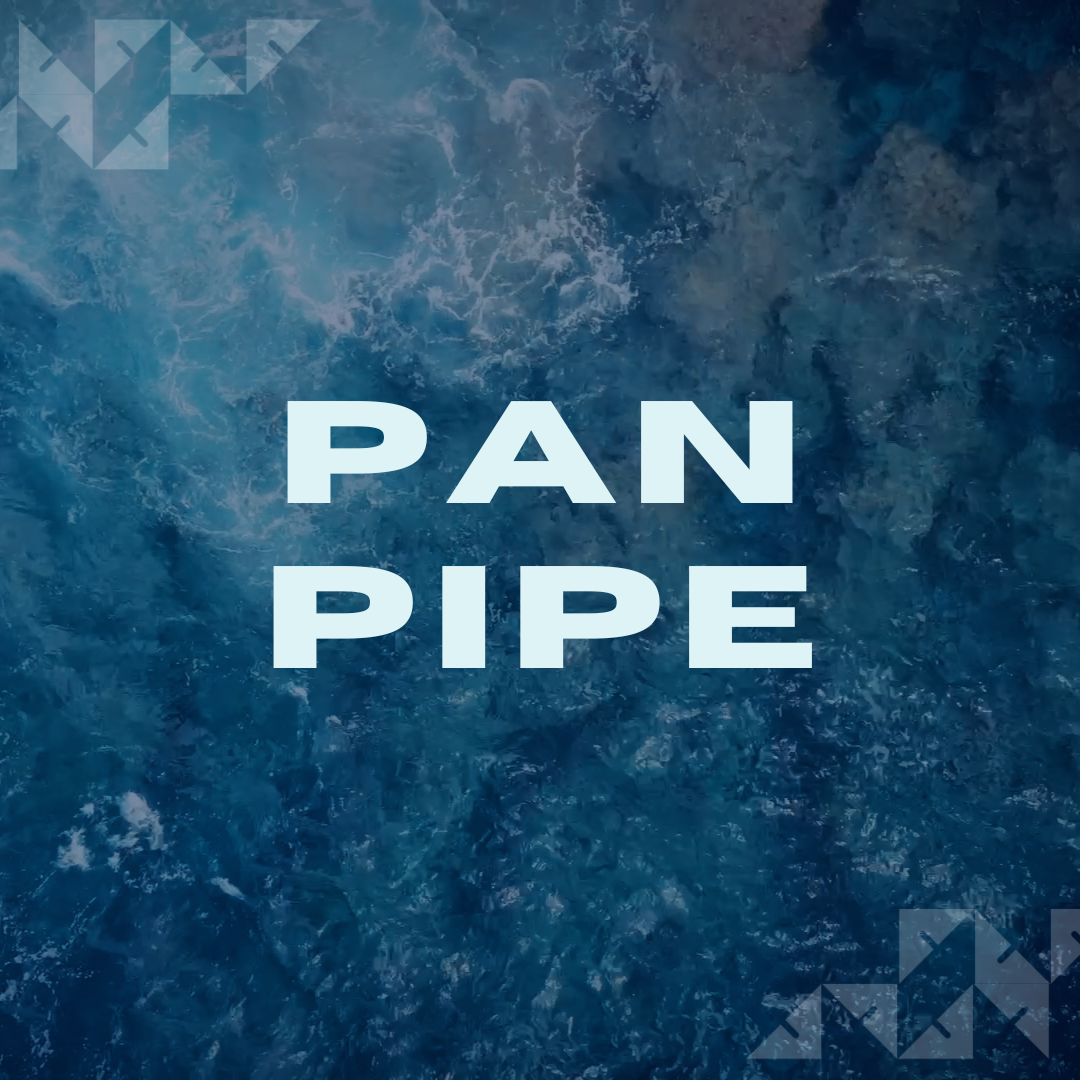In this episode of ‘Instruments of the Moana’, we journey across the Moana Pacific to uncover the hidden stories of the pan pipe. Though commonly linked in Western traditions to the god Pan, the pan pipe has unique iterations in Vanuatu, the Solomon Islands and Tonga — versions that have rarely been shared beyond those countries’ shores.
In Honiara, Solomon Islands, Vincent Rohimae introduces five types of pan pipe, each with a unique purpose and sound. From the ‘au wawa’, played for women during menstruation, to the ‘temporari’, adapted for modern musical compositions, Vincent reveals how this ancient instrument continues to evolve.
In Vanuatu, Edgar Hinge introduces a bamboo flute called the ‘bua bava’. Through the instrument’s haunting tones, he relates the story of Chief Tarisiba, who promised to return to his wife in spirit after death — a tale immortalised through the haunting sound of the bua bava. As Tau’ili’ili remarks, “Whoever said chivalry and romance are a rarity have never heard the tale of Tarisiba and his bua bava.”
In Fiji, Simione Sevudredre provides a broader historical context, sharing how colonialism and the arrival of Christianity in the 19th century disrupted Pacific musical traditions. He recounts how chiefs and composers were pressured to forsake their traditional sounds in favour of new religious practices: “The word began to go out that in order to convert to this new ideology of faith, our ancestors had to forsake that sound and adopt this sound.”
Meanwhile, master craftsman Tu’ifonualava Kaivelata is working diligently to revive Tonga’s lost pan pipe, the ‘mimiha’, which disappeared from Tonga’s shores after Captain Cook’s visit in 1777.
“Mimiha is already in extinction — none in Tonga, none in the whole of the Pacific, New Zealand, Australia — none there. There are only five in existence — three in the British Museum, and the other two, I believe there is one in Ireland, and here I am reviving it here,” says Tu’ifonualava.
Using old sketches and descriptions, Tu’ifonualava has reconstructed the mimiha and, with his son ‘Uluaki, is breathing new life into an instrument long thought extinct.
Tu’ifonualava’s story is a poignant reminder that the Moana Pacific’s musical traditions, though endangered or forgotten in some areas, are being carefully revived and preserved by dedicated cultural custodians. As Tau’ili’ili concludes, “However we came to lose our understandings of some of our beautiful instruments and sounds, what's clear is that they were a part of our daily lives, and nothing is stopping us from networking with our island cousins and neighbours who managed to keep their art form alive all along — it's the Moana way.”
Host: Tau’ili’ili Alpha Maiava
Knowledge holders: Vincent Rohimae, Edgar Hinge, Tu’ifonualava Kaivelata, Simione Sevudredre
Written by: Tau’ili’ili Alpha Maiava
Directed by: Tau’ili’ili Alpha Maiava & Guy Pigden
Filmed & Edited by: Campfire Studios NZ
Director of Photography: Isaac Newcombe
Production Lead: Will Flemming
Editor: Sam Wheeler
Graphics: Ben Ashby
Soundscape: Tomas Iglesias
Sound design & mix: Envy Studios
Colourist: Dave Mclaren
Research Assistant: Huni Mancini
Cultural Advisors: Tu’ifonualava Kaivelata, Ma’ara Maeva, Dionne Fonoti
Locations:
Port Vila, Vanuatu
Honiara, Solomon Islands
Auckland, NZ
Special thanks to:
Archive of Māori and Pacific Sound
Vanuatu Culture Center
Gallery Tavioni & Vananga
Alexander Turnbull Library
Auckland War Memorial Museum I Tāmaki Paenga Hira
Ngā Taonga Sound & Vision
Ministry of Culture & Heritage
Mahi Moana Inc.
Tagata Moana Cultural Lead: Mahi Moana Incorporated
Produced by: SOUNZ Centre for New Zealand Music I Toi te Arapūoru
This film is supported by funding from Manatū Taonga | The Ministry for Culture and Heritage.

© Copyright Centre for New Zealand Music Trust

